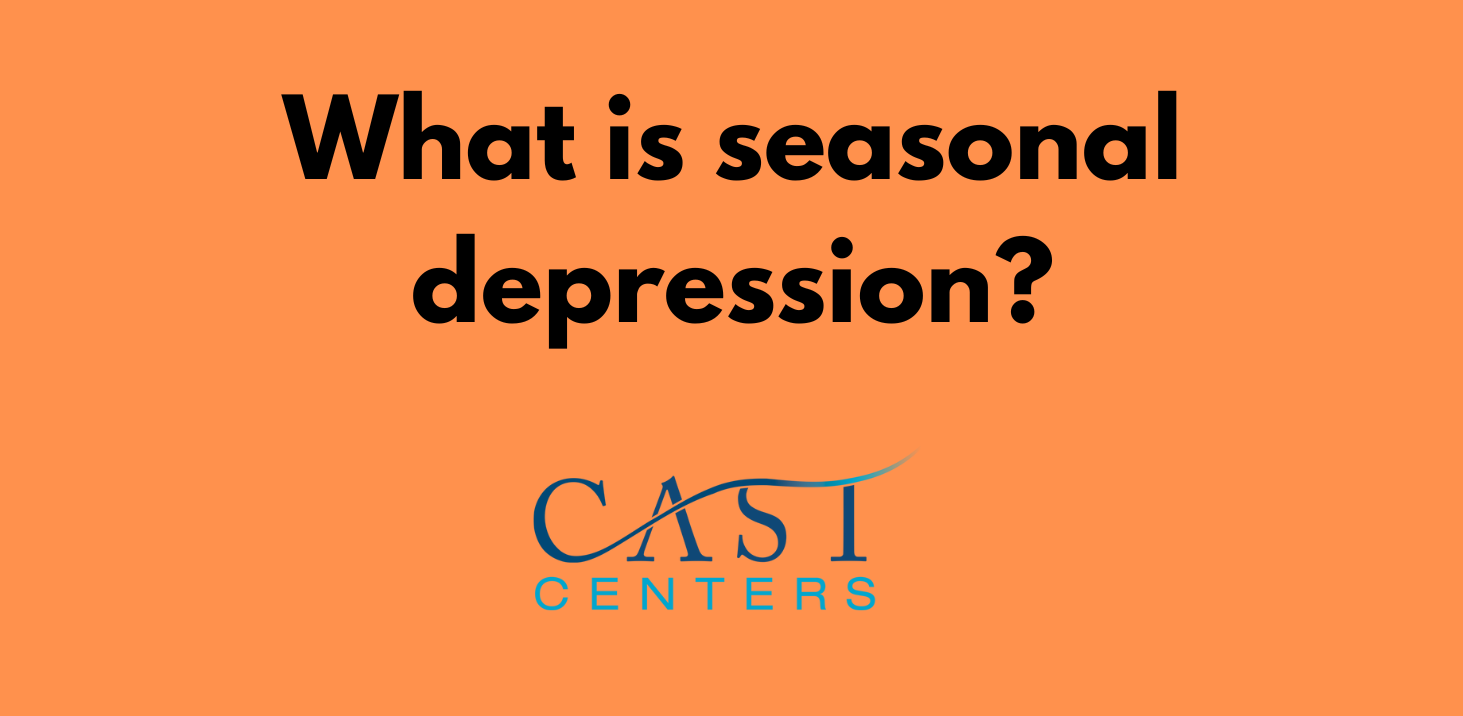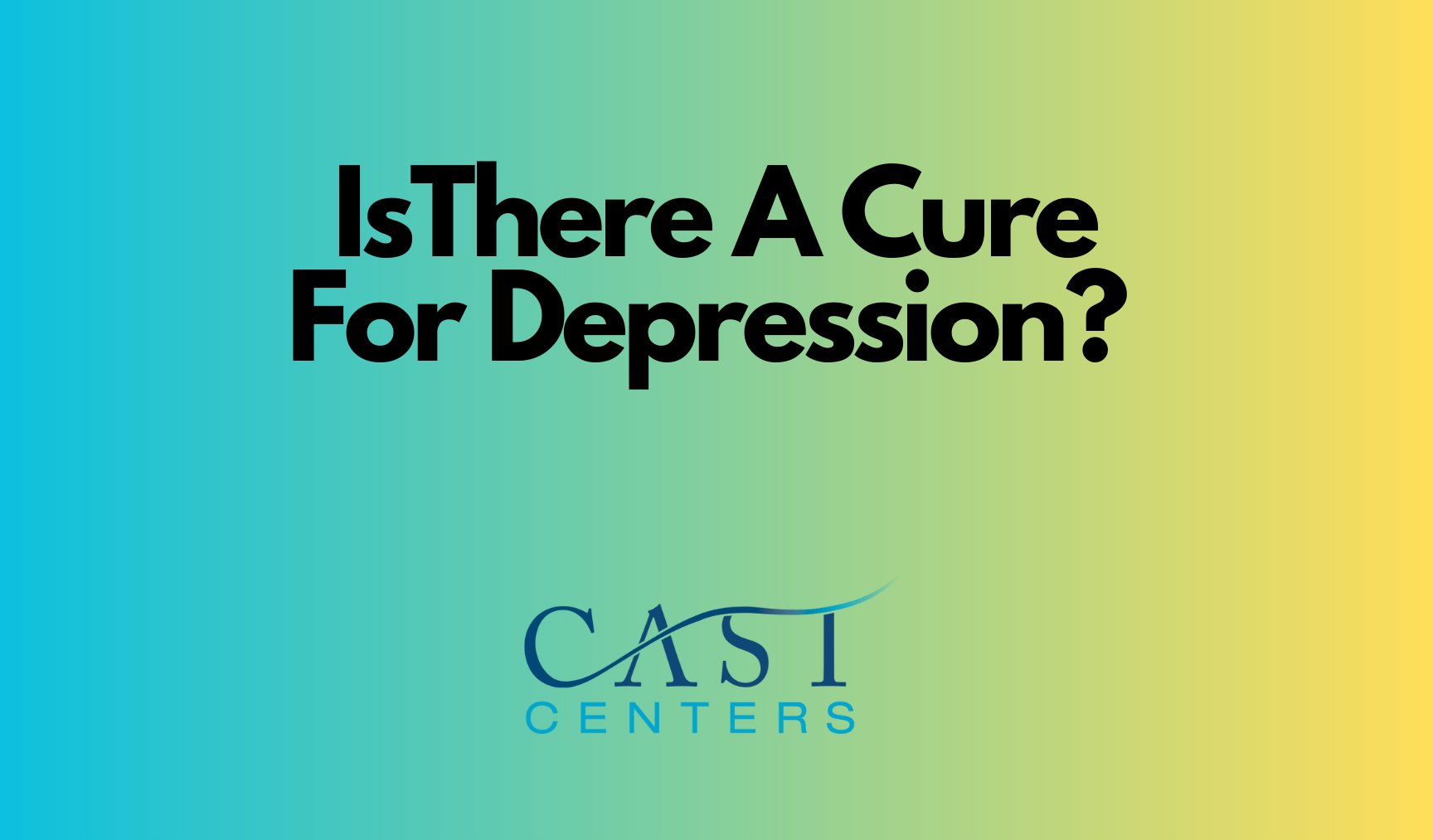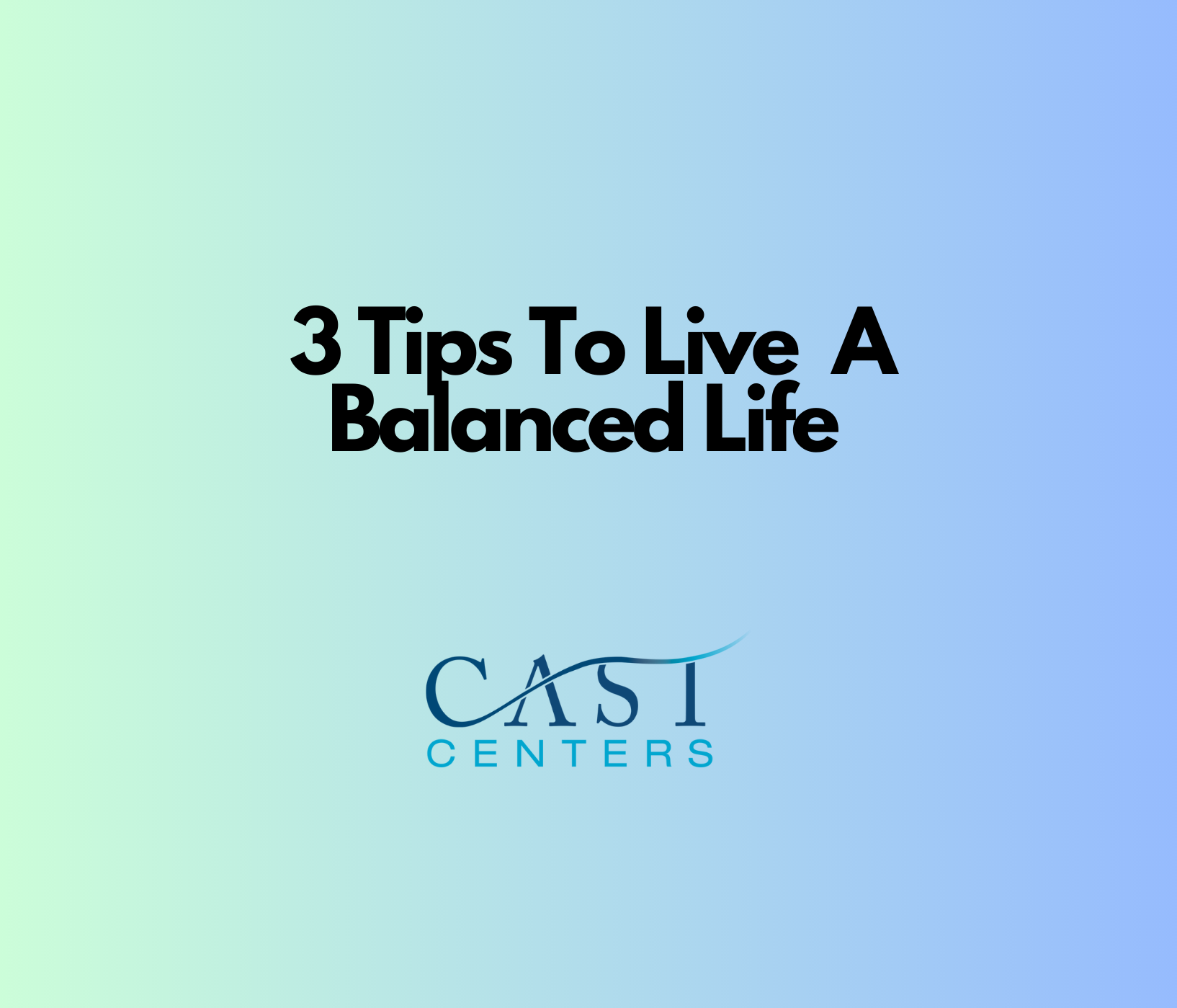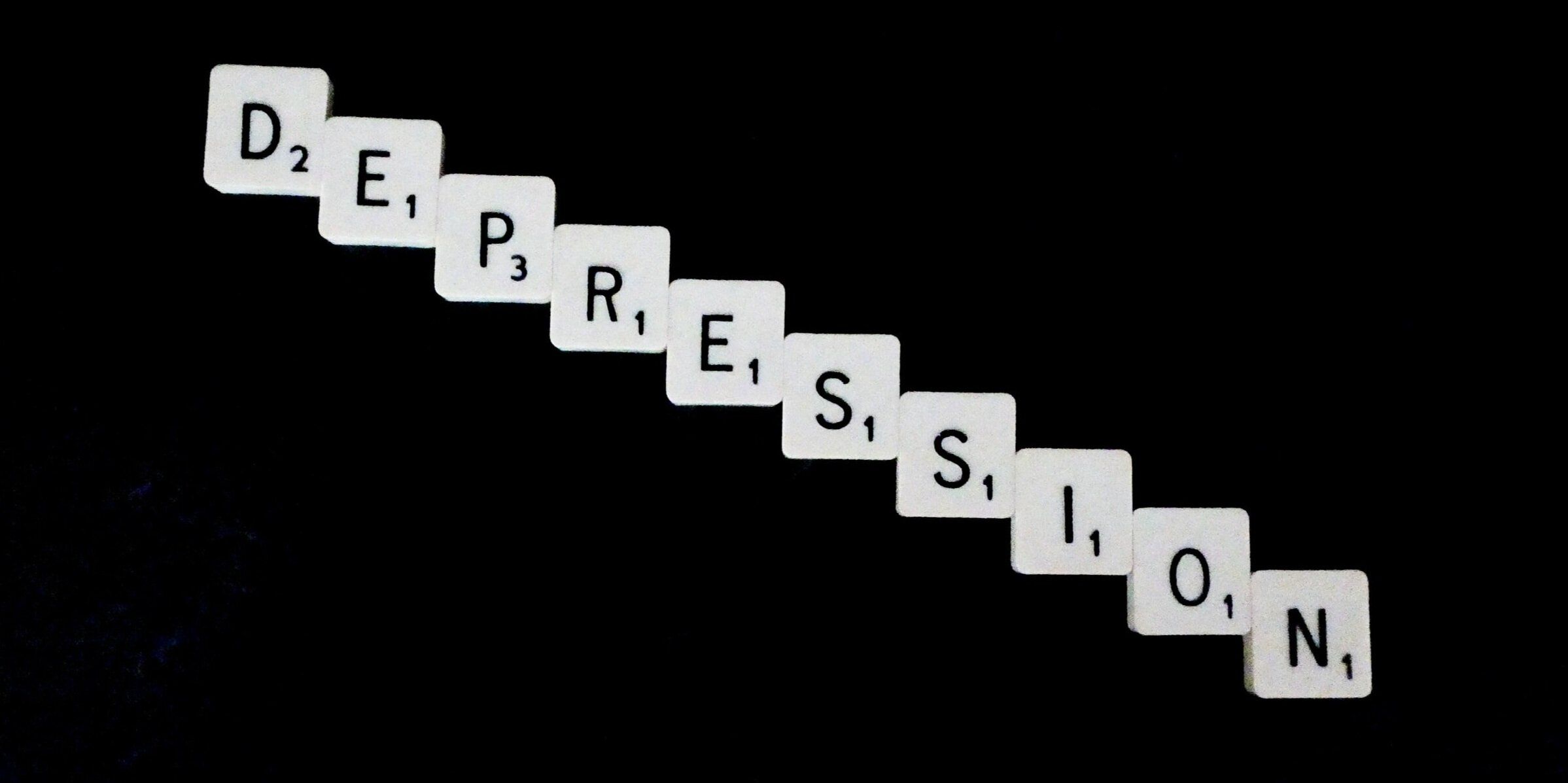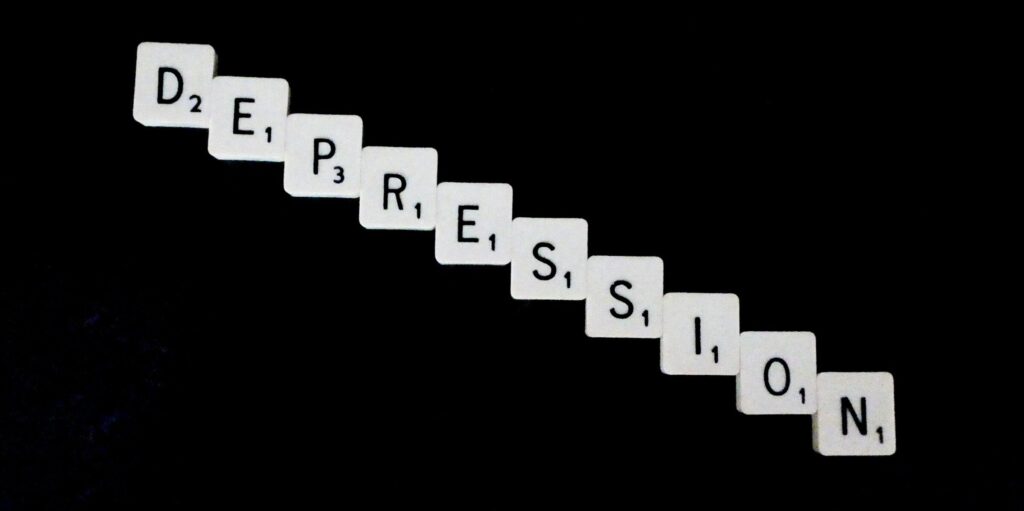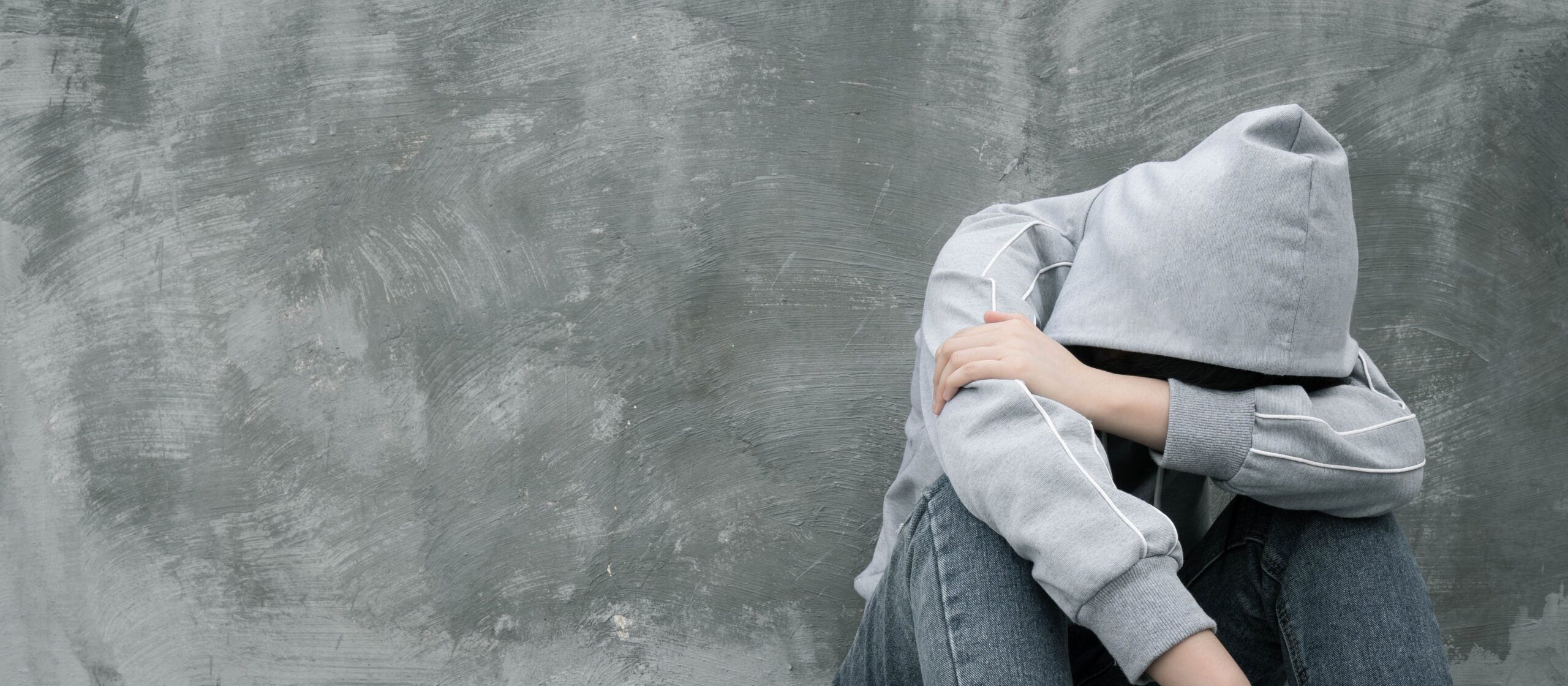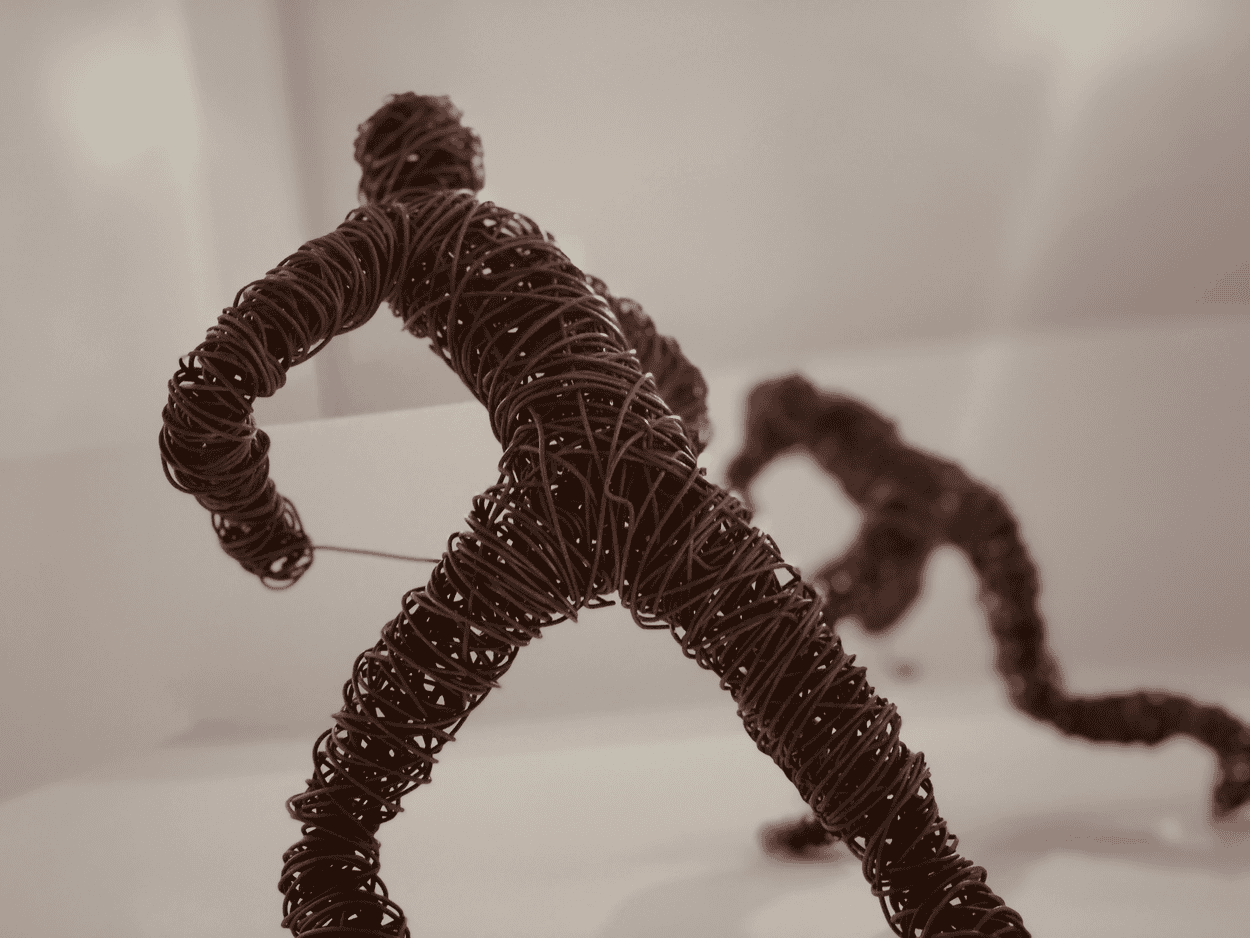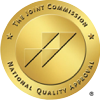By Tricia Moceo
Being sad is a normal human emotion. It’s natural to feel despondent when someone you love dies or you’re dealing with life-altering events such as an illness or divorce. While these challenges are never forgotten the subsequent emotional distress usually dissipates over a normal period of time. However, if your sadness is constant, intense, and never seems to go away then you may be suffering from depression. In this article we will explore some treatment options and solutions for depression that can help you recover both safely and effectively.
A recent study revealed that depression was prevelant in 1 in 10 Americans. Overwhelming feelings of sorrow and a loss of interest in activities that were once enjoyable are common symptoms of depression. If you are suffering from depression, you may begin abusing substances in hopes of relieving the disparaging feelings. However, self-medicating with drugs and alcohol will exacerbate the symptoms of depression which may ultimately lead to persistent feelings that life isn’t worth living. Fortunately, there is a way out. Depression can be mitigated with a proper diagnosis and treatment.
Here are the 5 most common solutions for depression:
Living with depression can feel like living under a dark, desolate, isolating cloud of doom. However, even the most severe depression is treatable. If your depression is interfering with your quality of life it is extremely important that you seek professional help. It is important to remember that just as depression affects each individual differently, there is no one-size-fits-all approach to treatment. Becoming well informed about the various treatment options and solutions for depression will help you overcome this mental health condition, feel better, and reclaim your life.
Medication Management
The most common treatment for depression is the use of antidepressants. There are various prescription medications utilized in in the treatment of depression. These drugs work by balancing chemicals in your brain called neurotransmitters that affect mood and emotions. A few of the most common medications used for treating depression are:
- Selective Serotonin Reuptake Inhibitors (SSRI’s)
- Serotonin-norepinephrine Reuptake Inhibitors (SNRI’s)
- Atypical antidepressants
- Serotonin modulators
There are several categories of antidepressants. The best way to find out which one could work for you is consulting your psychiatrist or physician and obtaining a prescription. Antidepressants take an average of 2 to 4 weeks before you will notice a change in your mood. Most people with depression find that medication is an effective treatment method.
Therapy
Therapy can be a very effective treatment for depression. Most therapists require you meet with them in person on a regular basis or over the Internet via telecommunication. Weekly sessions can help you deal with stressful situations, address your negative beliefs, cope with challenges, and increase your self-esteem—all of which help in treating depression. There are other types of therapy that have also proven helpful, such as Cognitive Behavioral Therapy, Eye Movement Desensitization and Reprocessing, and Group Therapy, the latter of which provides a safe environment to share your feelings with people who can relate to what you’re going through and it helps to not feel so alone.
Another available therapeutic option is online depression treatment. This has gained popularity in the past few years. Especially since the onset of COVID-19 and constantly evolving technologies. Depression treatment is accessible online from the comfort of one’s home.
You may ask: “Why would someone seek online treatment instead of in-person treatment?” The reality is that many individuals do not have access to depression treatment in the vicinity and, instead of using distance as a barrier to seeking help, choose to participate in online treatment. Additionally, for someone suffering with depression, leaving the home can be intolerable. Online treatment eliminates the need for an individual to leave the home and still allows for therapeutic interaction.
Lifestyle Changes
In addition to medication and therapy, changing some of your negative behaviors and habits can help with treating depression.
Some of these changes would be:
- Get a Routine: When you’re depressed your days become similar in their lack of enjoyment and hard to distinguish from one another. Setting a daily schedule can help you get active and become involved with your life. Your routine could include: getting up at the same time every day, scheduling an activity for each night of the week, getting up to shower, and making one phone call a day to a supportive friend or relative.
- Set Goals: A major symptom of depression is the sense you can’t accomplish anything and because of that you feel bad about yourself. Setting small daily goals such as making the bed, taking a shower, or going for a walk can help. By completing small contrary acts you’ll feel better about your abilities and in turn feel better about yourself.
- Eat Healthy: When you’re depressed the last thing you probably want to do is eat healthy. Regrettably eating overly processed foods like fast foods and sugary sweets may be adding to your depression. Processed foods contain refined carbohydrates that have no nutritional value, and unhealthy levels of sugar and salt. Clinical studies have found that a diet high in refined foods impairs brain function and encourages depression. Eating healthy foods has been shown to reverse these issues. What you eat directly affects your brain and your mood.
More wellness solutions
- Avoid Drugs and Alcohol: People who suffer from depression desperately want to alter the way they feel. Many turn to drugs and alcohol as a solution. Unfortunately alcohol, tranquilizers, and opiates act as depressant to your nervous system and make your symptoms worse. Amphetamines can give the illusion they reduce depression, however the come down, the physical toll on your body, and the withdrawal, result in an even worse depression. Adding drugs to your already depressed system never helps.
- Exercise: Regular exercise boosts the naturally produced endorphins that your body uses to help you feel better and less depressed. Endorphins interact with your brain’s receptors and trigger positive feelings. Exercising, especially outdoors and in sunlight, invigorates your body. You don’t need to compete in a triathlon; something as simple as walking for an hour every other day can help get your endorphins flowing.
- Sleep: It’s recommended you get 6 to 8 hours of sleep a night. But depression can make it hard to sleep, and with too little sleep your depression can get worse. This is where setting a routine can help. Try going to bed and getting up at the same time every day. Do not take naps as they can alter your sleep schedule. Sometimes, getting rid of the distractions you engage in at night before sleep—watching TV, looking at your cell phone, or shopping on your computer—helps to calm your mind and it’s easier to get a good night’s sleep.
Meditation
Stress and anxiety are major triggers for depression, and meditation has been proven to alter your reaction to those feelings. When you’re stressed the body produces a hormone called cortisol, and meditation lowers cortisol. During meditation your brain is also producing theta waves that usually only occur when you’re asleep, and alpha waves like when you’re daydreaming. When your body gets as relaxed as when it’s sleeping or daydreaming it starts producing dopamine; a neurotransmitter that’s released into your body during pleasurable situations. If you add all those together meditation is probably the best natural treatment for reducing depression.
Challenging Negative Thoughts
A lot of the work in treating depression is changing how you think. When you’re depressed, you embrace worst-case scenarios and obsessively dwell on the negative. Challenging these negative thoughts is a common treatment for depression. You feel no one loves you, but what real evidence do you have? You think you’re a worthless horrible person, but is that really the truth? Try challenging these beliefs and ideas.
When the thoughts come say, “No, we’re not doing this today.” When you’re telling yourself what a terrible person you are, think about how you would respond if a friend talked about themselves that way. You would probably tell them to stop being so negative. Apply the same logic to your own thoughts. It takes practice, but if you address the negative thoughts head on, don’t embrace them, or indulge, they’ll eventually become less persuasive.
The majority of people suffering from depression will not see a doctor or a therapist or ask anyone for help. Left untreated, depression can be detrimental to your mental and physical health. The over all consequences are not worth the risk. If you are depressed, feel that you may be depressed, or just can’t seem to find joy in anything—its probably time you talked with a professional.
Get The Assistance You Deserve in California Today
Our compassionate team at CAST Centers understands that depression affects each individual differently, which is why we offer comprehensive treatment options for all of our clients. If depression is interfering with the quality of your life, contact us today to learn more about our depression treatment options!
Sources:
https://www.ncbi.nlm.nih.gov/pmc/articles/PMC9483000/
https://www.health.harvard.edu/blog/nutritional-psychiatry-your-brain-on-food-201511168626#:~:text=Multiple%20studies%20have%20found%20a,mood%20disorders%2C%20such%20as%20depression.

